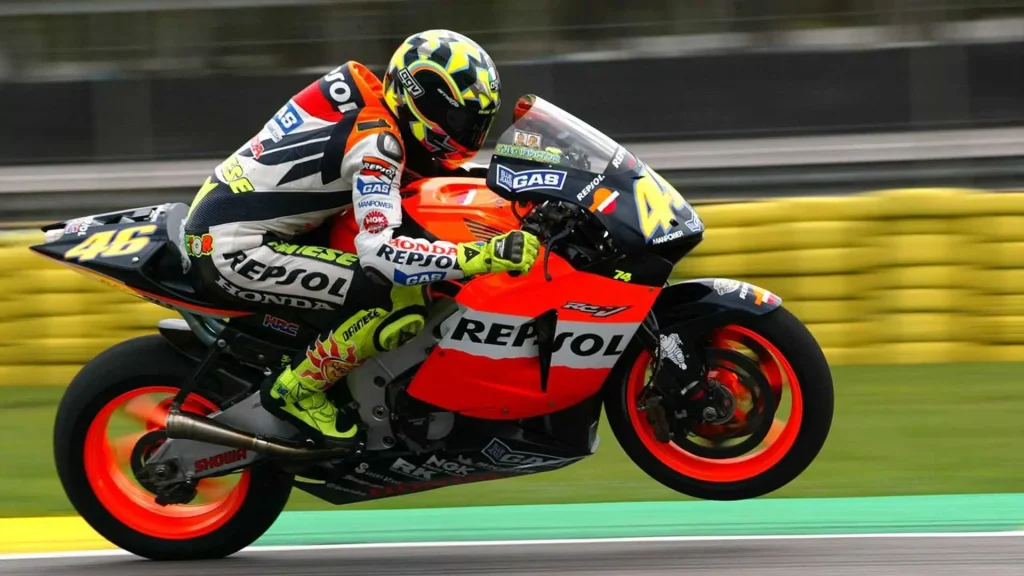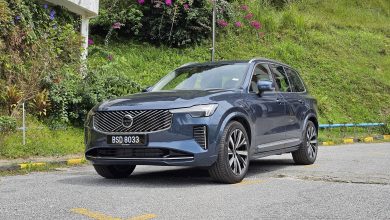Did You Know Honda Once Made A 5-Cylinder Engine?

Did you also know that this Honda 5-pot was mounted longitudinally, yet still somehow sent power to the front wheels?
If there’s one engine configuration that best symbolises an automaker, then for Honda, it would undoubtedly be its fizzy four-cylinder engines. Revered for their rev-happy nature and bulletproof reliability, these four-bangers became synonymous with everything from Civics to Integras.
Of course, those a little deeper into the Honda rabbit hole might also be familiar with the brand’s silky V6s, which powered many of its more premium offerings. And then there’s the curiosity of their very first V8, which — rather amusingly — only recently made its debut… powering a boat.
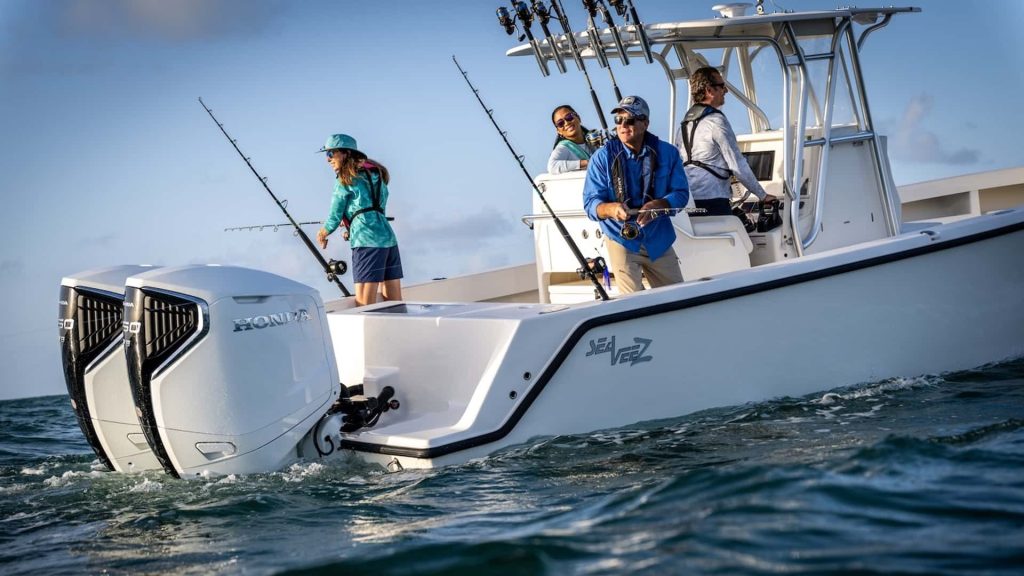
But here’s something even more bizarre than that: the Japanese automaker once also built a 5-cylinder engine. And it wasn’t just any ordinary five-pot either, as in true Honda engineering fashion, the G-Series was mounted longitudinally with the gearbox bolted behind it, but yet, somehow, still sent power only to the front wheels!
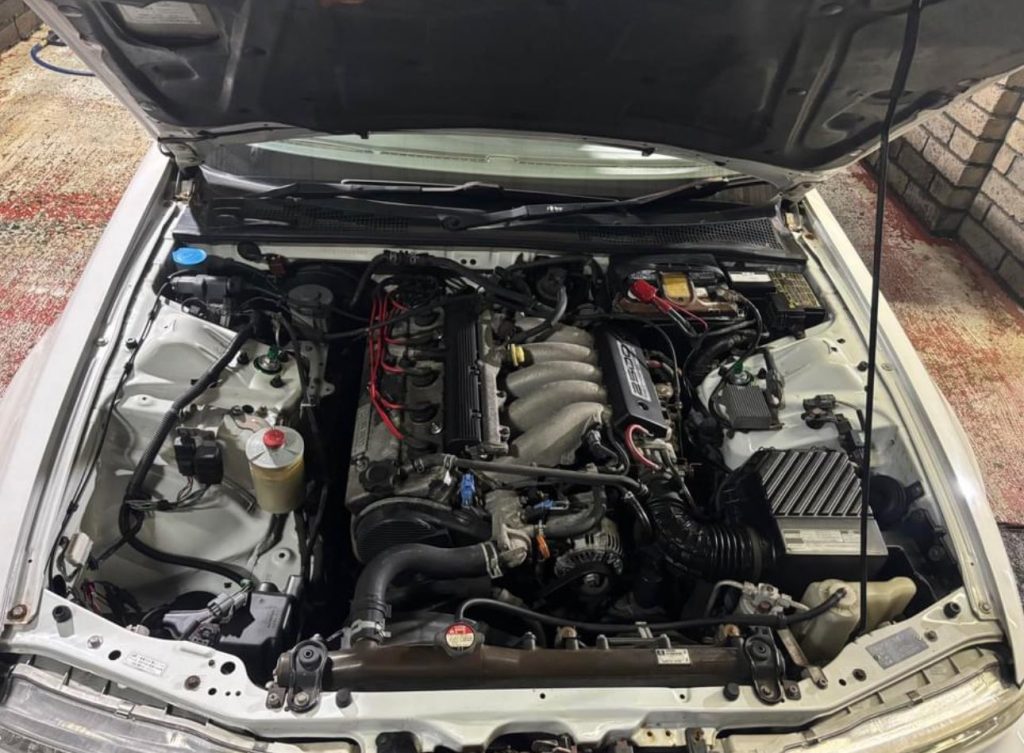
Now, before diving into the mechanical madness of how Honda got a rear-wheel-drive-style engine layout to drive the front wheels, let’s first explore how the big H even decided to count up to 5 in the engine bay in the first place. And for that we need to wind the clock back to the late 1980s, when Honda was trying to move upmarket with more refined offerings.
The result of that upmarket push was the 1989 Honda Vigor, a slightly more upscale sibling to the Accord and the first to feature the oddball G-Series engine. This unique five-pot would later find its way into the Inspire (which North America came to know as the Acura TL) as well as quirky JDM-only offerings like the Rafaga and Ascot, two executive sedans mostly known today by those who trawl through Japanese auction listings.
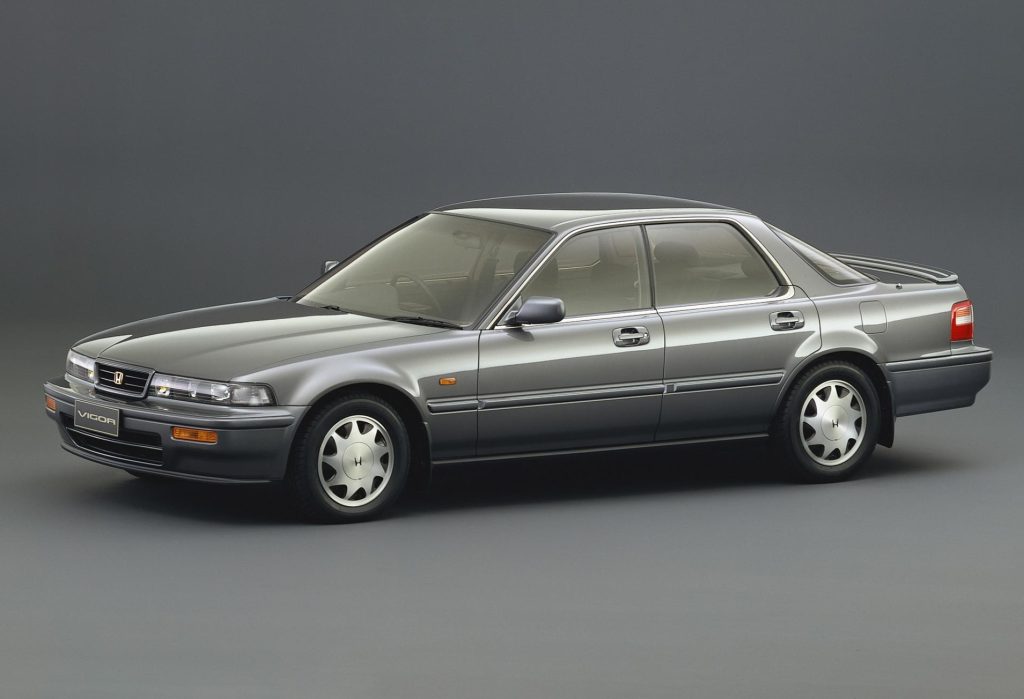
There were two main variants of the oddball G-series: the 2.0-litre G20A and 2.5-litre G25A, producing between 155 hp to 176 hp in their most powerful forms. This five-pot remained in production for roughly a decade, with 1998 marking the end of Honda’s brief five-cylinder chapter.
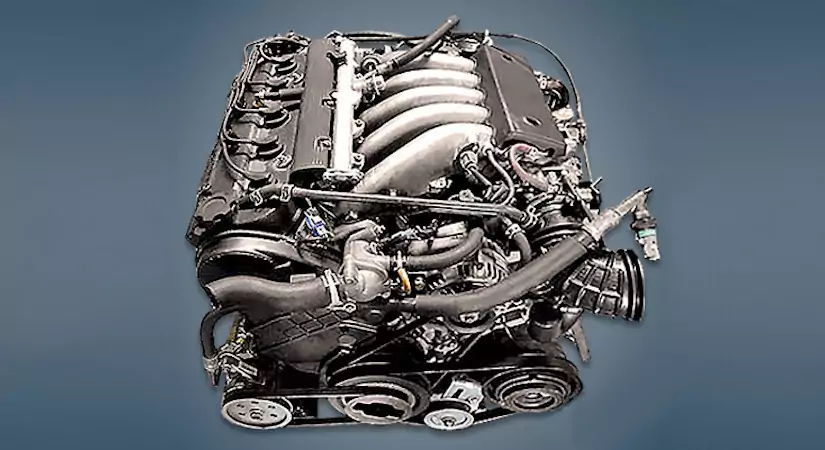
Digging deeper into the nerdy bits here meanwhile, the G-Series was a single overhead cam inline-five, and was essentially a stretched-out version of Honda’s F-series four-cylinder, with an extra cylinder grafted on. As mentioned previously, the engine was mounted longitudinally with a conventional rear-mounted gearbox, but where things got weird was in how it drove the front wheels. Power was routed through a driveshaft that ran alongside the flywheel to the front axle, with its CV axles actually passing through the engine’s oil pan.
Thanks to the mad engine and drive configuration, it should go without saying that any maintenance on the G-series is a bit of a pain. The oil filter for instance is tucked away under the intake manifold, and you apparently can’t get it from underneath cause of the differential being in the way.
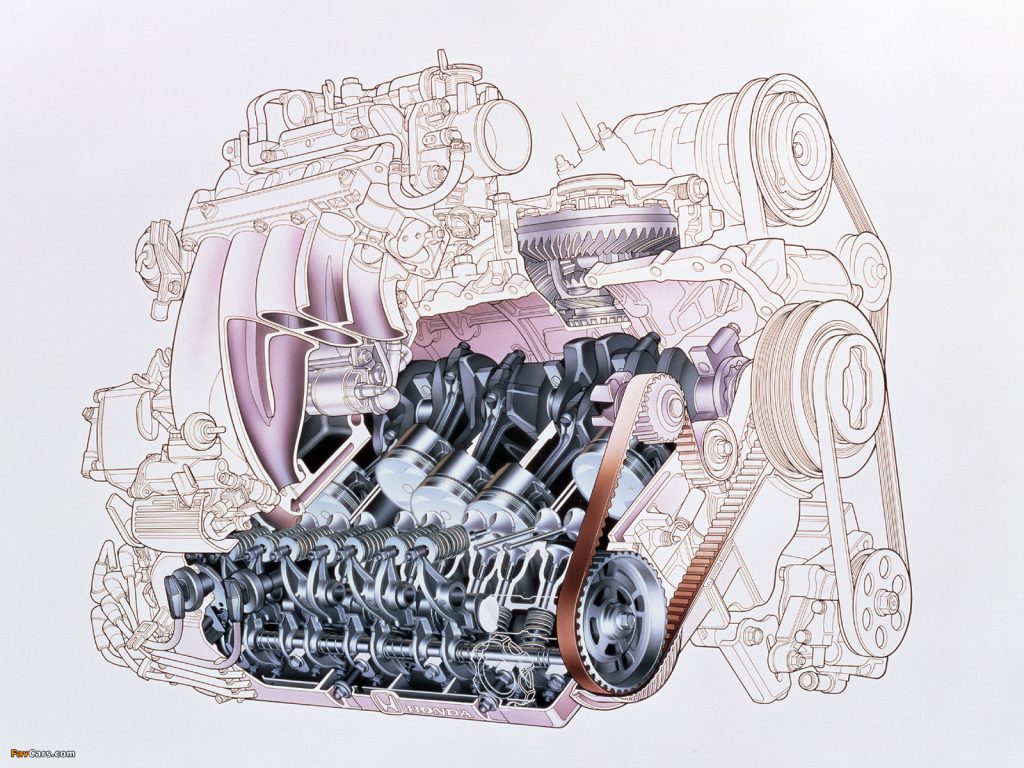
Even so, those who’ve lived with this mechanical curiosity generally speak highly of it. The G-series engine was noted for being rather torquey, with a flat and usable power band. And that longitudinal layout, bizarre as it may have been, apparently offered better weight distribution than the more conventional transverse setup used in most front-drive cars.
Oh, it also sounded quite good. Like most five-cylinders, there’s a signature rasp that builds to a satisfying snarl. There is sadly no VTEC here though, which is a pity, because the G-Series could really have been a mini Lexus LFA if it could have screamed its way up the usual heady heights of a VTEC braaap monster should.
But while on the subject of high-revving five-cylinders, Honda had actually teased a 2.0-litre 20-valve naturally-aspirated inline-five that revved to 8,000 rpm back in 1995. And while that engine unfortunately did not make it into production reality, the SSM concept that it was featured in did eventually become the automaker’s iconic S2000.
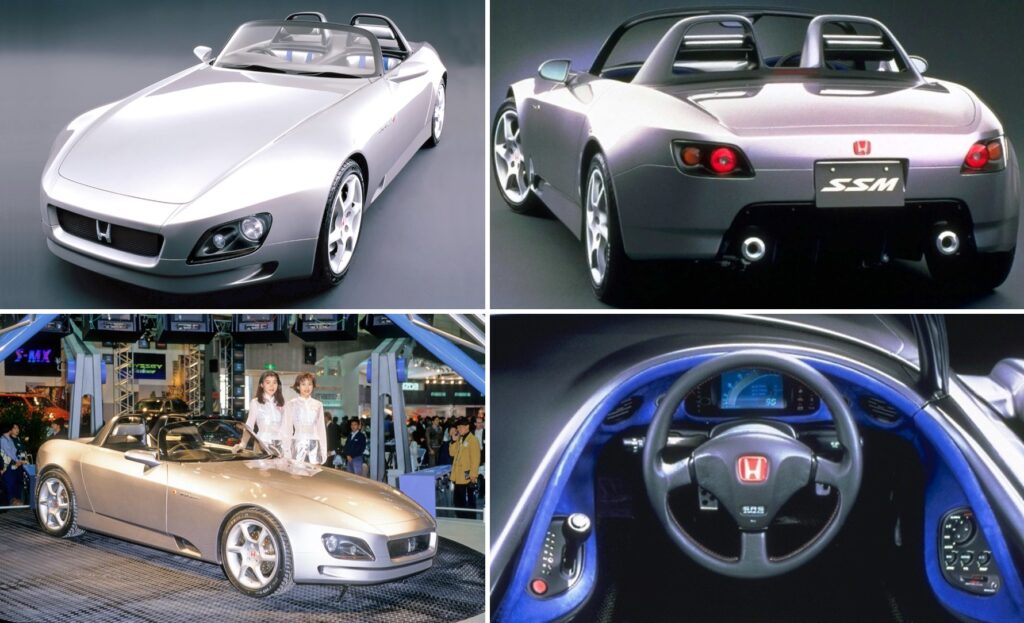
To wrap up with a quick local angle, it is actually possible to experience this five-pot oddity right here in Malaysia. While certainly rare, a handful of grey-import JDM Honda Inspires have made their way onto our roads, offering curious enthusiasts a chance to sample this unusual slice of Honda history.
And just to be totally pedantic here, Honda did revisit the five-cylinder format after the G-Series, only this time on two wheels. It was a lot more successful too its second time round, as the RC211V’s water-cooled V5 absolutely dominated MotoGP between 2002 and 2006, racking up 48 wins from 82 races, three riders’ titles with Rossi and Hayden, and four constructors’ championships.
